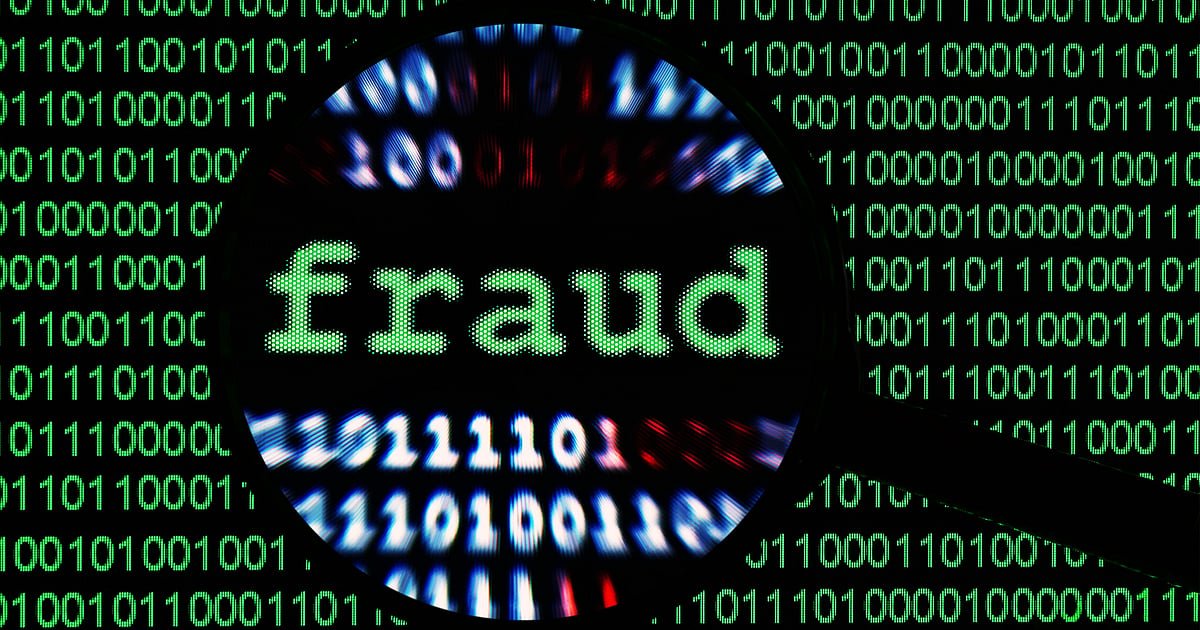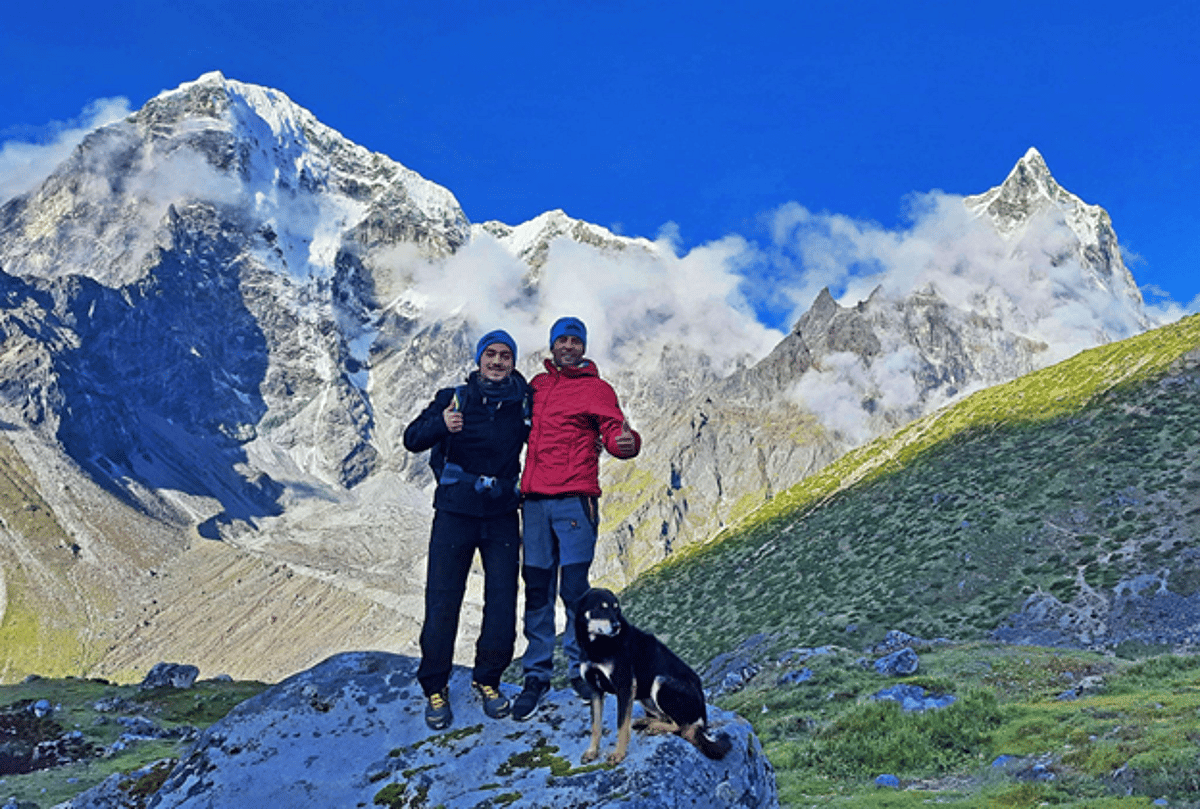The counterfeit goods crisis continues to escalate in the United States, posing serious threats to the economy, consumer safety, and brand integrity across every facet of the luxury sector. In 2025, the economic toll from counterfeit products, pirated software, and trade secret theft is estimated to range between $225 billion and $600 billion annually. Globally, the counterfeit market is projected to reach $1.79 trillion by 2030, potentially accounting for 5% of worldwide trade. U.S. Customs and Border Protection seized over $525 million in counterfeit goods in February 2025 alone, underscoring the growing sophistication of these illegal operations.
The rise of counterfeit luxury goods in the U.S. continues to raise red flags for both consumers and law enforcement agencies. According to U.S. Customs and Border Protection (CBP), luxury fakes—ranging from handbags and wallets to high-end watches and jewelry—now make up the lion’s share of the retail value in intellectual property seizures. While these luxury knockoffs represent just 30% of overall seizures by volume, they account for more than half of the estimated market value, highlighting the premium counterfeiters place on high-ticket items. In recent years, CBP has intercepted shipments totaling hundreds of millions in fake designer goods, with $435 million in counterfeit jewelry and watches and $283 million in imitation leather goods seized in 2020 alone. The vast majority of these counterfeits are traced back to China and Hong Kong, which together remain the top sources of origin for fake luxury products entering the U.S. As the black market continues to adapt and thrive online, the pressure is mounting for more aggressive enforcement and greater public awareness.















Leave a Reply